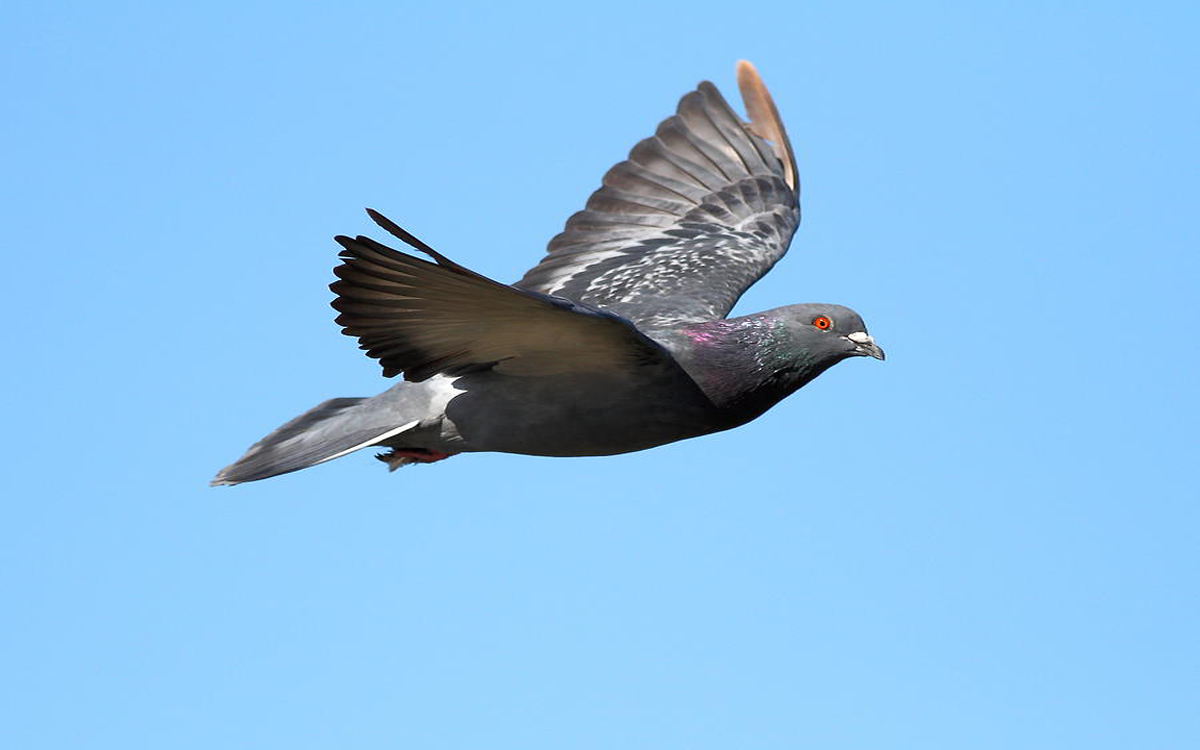
Proper Ventilation Setup for Pigeon Loft
Proper Ventilation Setup for Pigeon Loft
If you’re serious about racing pigeons, you know that peak performance begins in the loft. While nutrition, training, and supplements often take center stage, there’s one critical factor that’s often overlooked proper ventilation. An efficient ventilation system is the foundation of a healthy racing loft, reducing the risk of respiratory diseases, moisture buildup, and toxic ammonia levels.
In this blog post, we’ll explore why proper ventilation is essential, how poor airflow impacts pigeon health, and how to set up a ventilation system that keeps your pigeons in top form year-round.
Why Proper Ventilation Is Essential for Racing Pigeons
Ventilation in a pigeon loft isn’t just about fresh air—it’s about managing air quality, moisture, temperature, and airborne pathogens. Poor air circulation allows ammonia from droppings to build up, increases humidity, and traps dust and pathogens. These conditions can trigger or worsen chronic respiratory diseases, which in turn degrade your pigeons’ performance and overall health.
Key benefits of proper ventilation include:
- Lower ammonia concentration
- Reduced respiratory disease risk
- Controlled humidity and temperature
- Improved oxygen levels
- Better feather condition and molting cycles
Common Problems in Poorly Ventilated Lofts
A poorly ventilated pigeon loft can become a breeding ground for health issues. Here are the most common signs and dangers:
- Strong odor of ammonia: Caused by droppings breaking down in moist, enclosed areas.
- Condensation on walls and ceilings: A clear sign of high humidity.
- Mold or fungal growth: Due to stagnant, damp air.
- Frequent respiratory infections: Such as chronic respiratory disease (CRD), ornithosis, and aspergillosis.
- Feather loss or poor feather quality: A byproduct of unhealthy loft environments.
These problems can be prevented or minimized with the right airflow design.
Ideal Ventilation Setup for a Pigeon Loft
There are multiple ways to improve ventilation, depending on your loft’s structure and climate. However, the principles remain the same:
Fresh air should enter low and exit high to maintain natural airflow without causing drafts.
1. Natural Ventilation System
This is the most common and economical option for small to mid-sized lofts:
- Inlet Vents (Low Position): Place these near the base of the front wall or side walls.
- Outlet Vents (High Position): Install under the eaves or at the ridge of the roof.
- No Cross Drafts: Ensure air moves upward, not sideways, to avoid chilling birds.
A simple ridge vent and adjustable air inlets can provide enough airflow for most lofts.
2. Mechanical Ventilation System
For large or enclosed lofts, natural airflow may not be enough. Consider mechanical solutions:
- Exhaust fans: Pull stale air out from the top of the loft.
- Intake fans: Help pull fresh air in (optional).
- Humidity and Ammonia Sensors: For high-tech lofts, these automate fan operation.
Material and Design Considerations
To optimize ventilation, pay attention to the loft’s construction materials and layout:
- Roof Pitch: A gabled or slanted roof helps hot air rise and exit naturally.
- Loft Insulation: Prevents condensation and temperature extremes.
- Perch and Nest Box Placement: Avoid blocking air circulation with solid walls or stacked boxes.
- Use Wire Flooring or Slatted Trays: Helps droppings dry faster and reduces moisture.
Seasonal Ventilation Tips
Your loft’s ventilation needs will change with the seasons. Here’s how to adapt:
Spring/Summer:
- Open vents fully.
- Use fans on hot, humid days.
- Ensure no direct sun exposure inside the loft to prevent overheating.
Fall/Winter:
- Reduce vent size to retain warmth.
- Avoid direct drafts on birds.
- Use adjustable flaps or baffles to fine-tune airflow.
Signs Your Ventilation Needs Improvement
Watch for these indicators that your airflow isn’t adequate:
- Birds breathe with open beaks while resting.
- Excessive sneezing, coughing, or nasal discharge.
- Damp or clumped droppings.
- Loitering birds not using perches (may be avoiding drafts).
- A “stuffy” smell when you enter the loft.
Boosting Air Quality Beyond Ventilation
Ventilation is key—but so is cleanliness and loft hygiene. Combine good airflow with:
- Daily droppings removal
- Absorbent, dust-free bedding (e.g., hemp, corncob, pine shavings)
- Regular disinfection
- Quarantine new birds before mixing
Also consider respiratory supplements and probiotics to support immune health during seasonal transitions.
Final Thoughts: Breathe Easy, Fly Strong
Healthy air makes healthy birds. A well-ventilated pigeon loft isn’t just a comfort—it’s a competitive advantage. By controlling ammonia, moisture, and pathogens, you’re setting your birds up for strong immunity, clean breathing, and peak race-day performance.
Whether you’re designing a new loft or upgrading your current one, make ventilation your top priority. It’s one of the smartest long-term investments you can make in your flock’s success.
Keywords: pigeon loft ventilation, racing pigeon respiratory health, loft design tips, ammonia control in lofts, pigeon loft air quality, CRD prevention, best bedding for pigeons, racing pigeon care tips
Let your pigeons breathe easy and fly harder.


